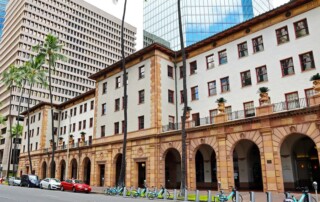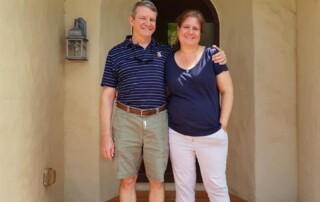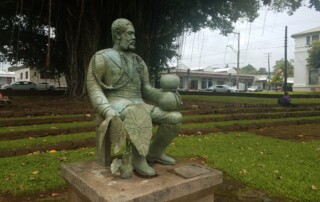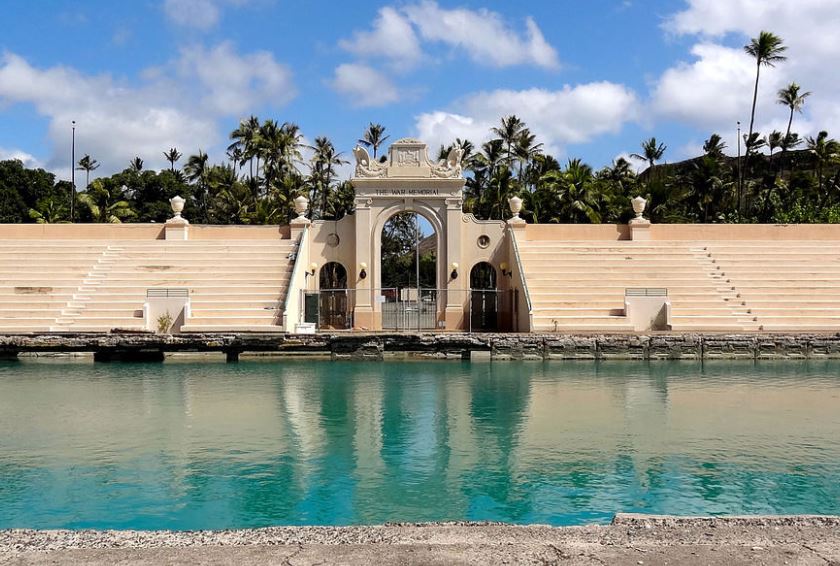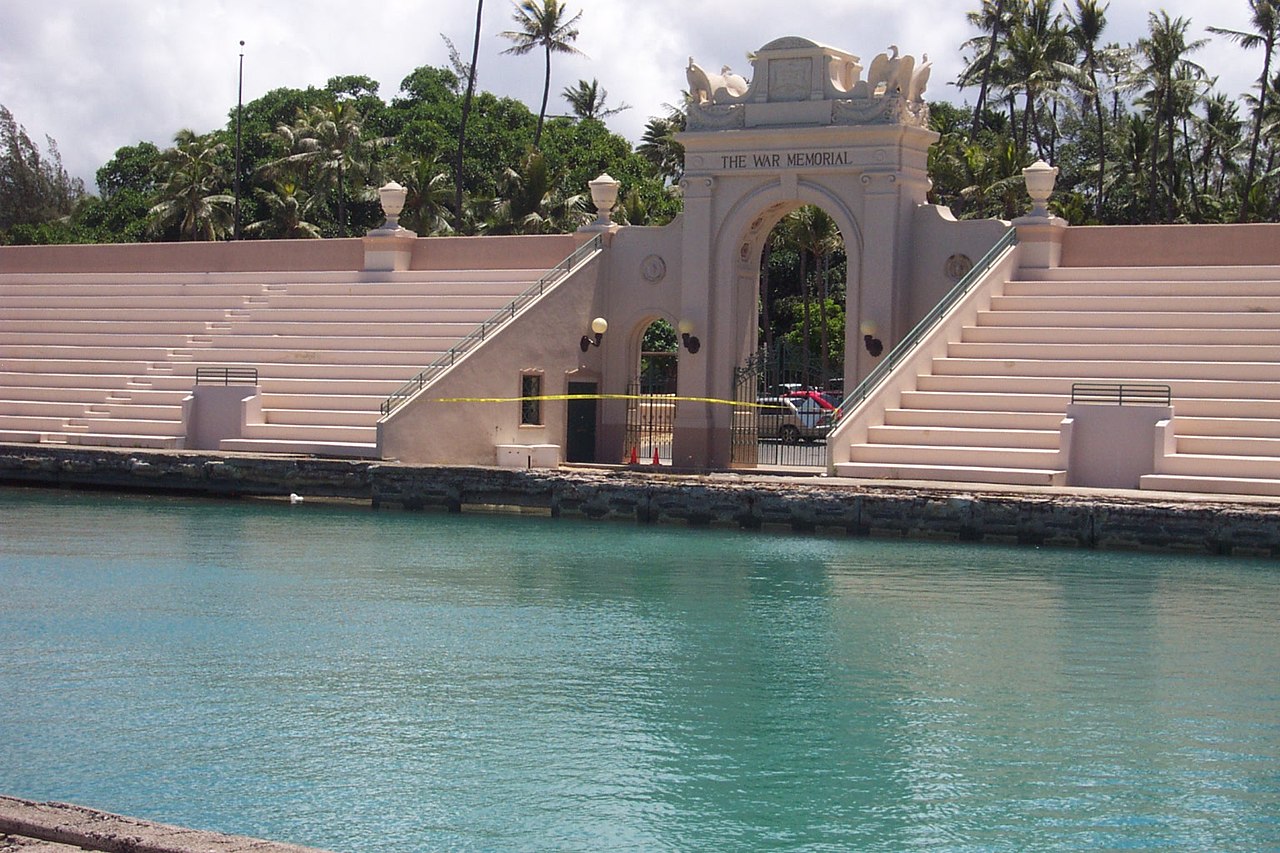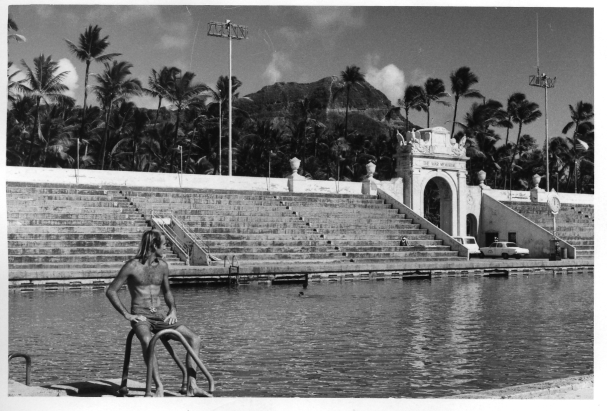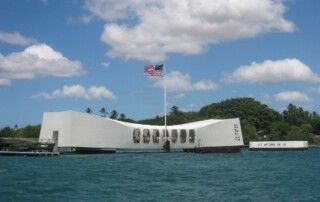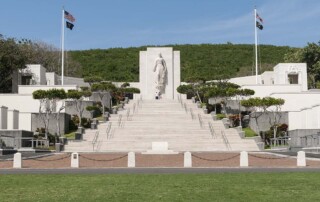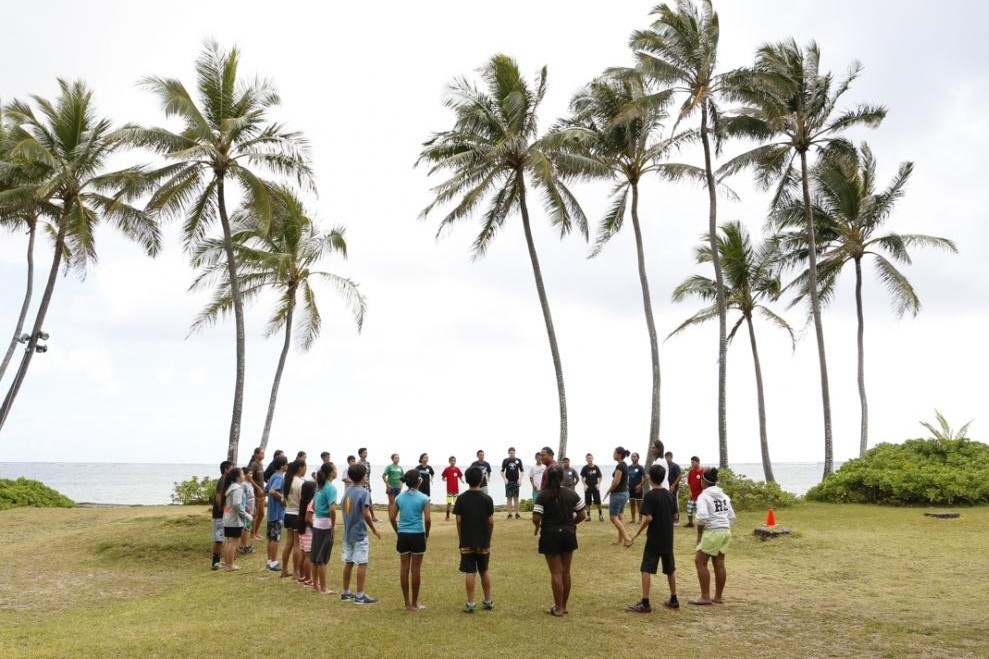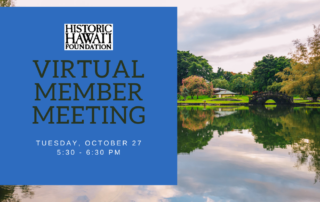Video Replay available: Decorative Elements of the Dillingham Transportation Building
More than 100 people from the Hawaiian Islands and continental U.S. joined us on December 17th to learn about the iconic Dillingham Transportation Building in downtown Honolulu. Architecture student Nayun Hong shared a beautiful presentation on the building's history and architecture with a special focus on the unique decorative elements. Arnold McCaleb, the on-site architect and space planner for Pacific Guardian Center, delighted with an insider perspective of the intricacies of painting Dillingham Transportation Building, repairing the urns and upgrading the elevators and some of the challenges and surprises. The presentations were followed by a moderated Q&A with the audience. Watch the video replay below. Please join us for a presentation on the history and architecture of the Dillingham Transportation Building located in downtown Honolulu by architecture student Nayun Hong. There will be a special focus on the unique decorative elements that help tell the story of this exceptional site. Following Hong's presentation, Arnold McCaleb, the on-site architect and space planner for Pacific Guardian Center, will share an update on the intricacies of painting Dillingham Transportation Building and some of the challenges and surprises along the way. Thursday, December 17, 2020 4:30 to 5:30 p.m. A free virtual event on Zoom. The Dillingham Transportation Building was built in 1929. It's Italian Renaissance Revival Style architecture and ornate Art Deco lobby are reminiscent of an earlier era in Hawaii's history with the onset of commercial development in Honolulu and the steady rise of the Dillingham family empire of businesses. Nayun Hong is a Moanalua High School graduate and 4th year architecture student at the University of Notre Dame. Hong participated in a self-directed [...]


